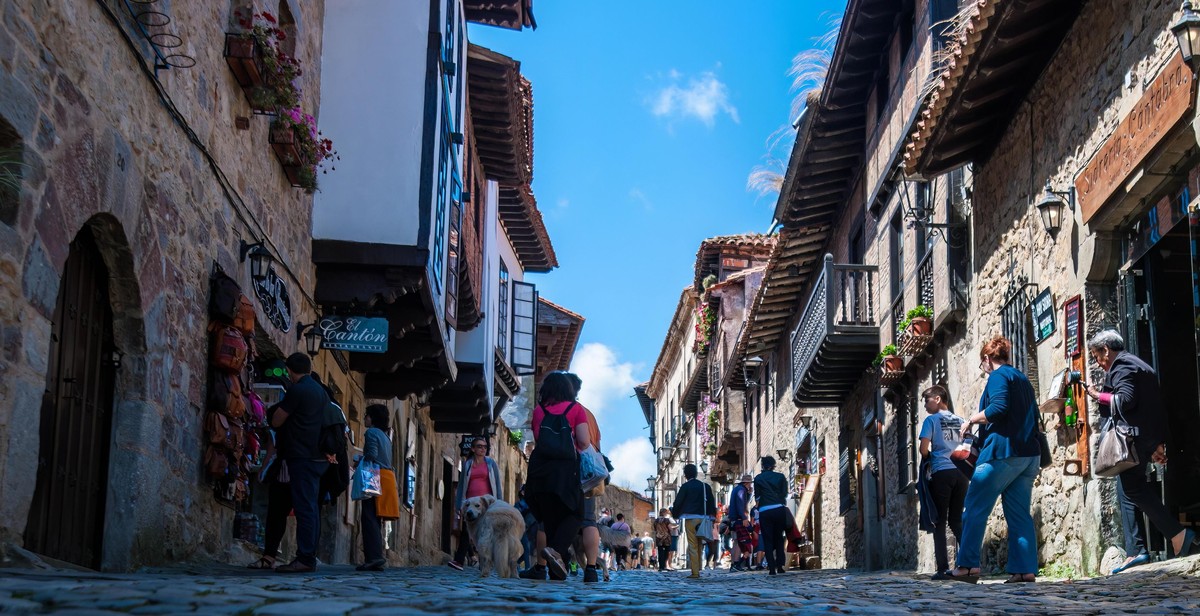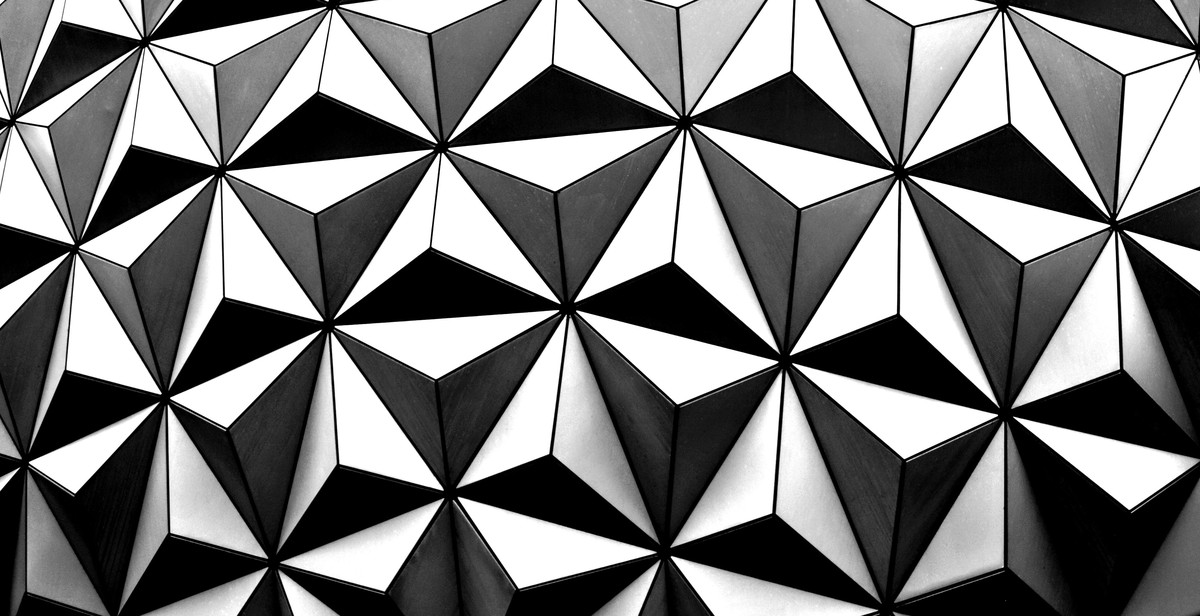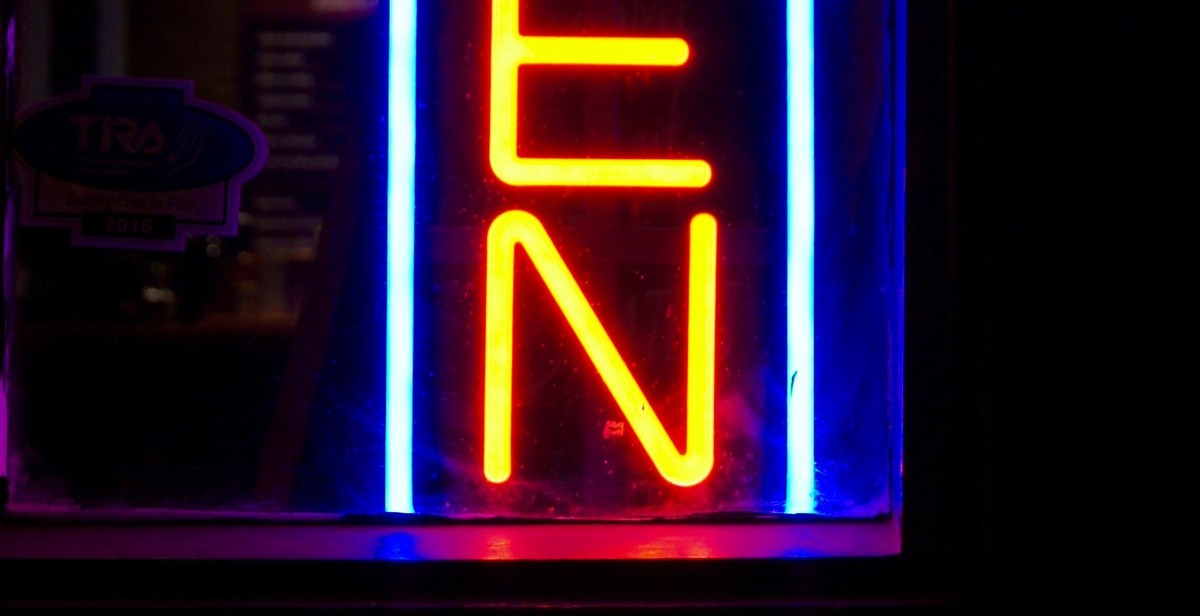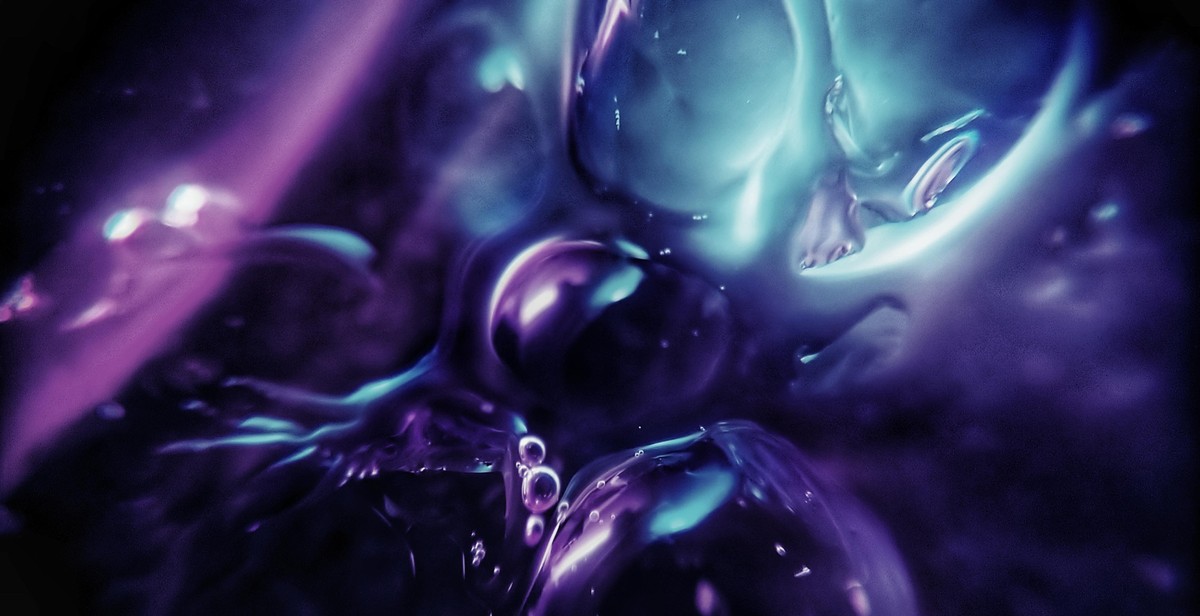How to Incorporate Gothic Elements in Graphic Design: Creating Dark and Atmospheric Visuals
Gothic design elements have been around for centuries and continue to inspire artists and designers today. The Gothic style is characterized by its dark, mysterious, and atmospheric qualities, which can be incorporated into graphic design to create visually stunning and impactful designs.
Understanding Gothic Design Elements
Before incorporating Gothic design elements into your graphic designs, it’s essential to understand the key features of this style. Gothic design is usually associated with medieval architecture, literature, and art, and includes elements such as:
- Ornate patterns and details
- Dark colors, particularly black and shades of gray
- Pointed arches and vaulted ceilings
- Gargoyles and other grotesque figures
- Script and calligraphy
Applying Gothic Elements to Graphic Design
Now that you have a better understanding of Gothic design elements, you can begin incorporating them into your graphic designs. Some ways to do this include:
- Using ornate patterns and details in your designs, such as borders or frames
- Using dark colors and shades of gray to create a moody atmosphere
- Using Gothic fonts and calligraphy for text elements
- Adding Gothic imagery, such as gargoyles or other grotesque figures, to your designs
- Using Gothic architecture as inspiration for layout and composition
By incorporating these elements, you can create designs that are dark, mysterious, and atmospheric, perfect for conveying a sense of drama and intrigue.

Understanding Gothic Style in Graphic Design
Gothic style in graphic design is a popular trend that is characterized by dark and atmospheric visuals. This style is inspired by the Gothic architecture and art movement of the 12th to 16th century in Europe. Gothic style is often associated with mystery, horror, and the supernatural, and it is used to create a sense of drama and intensity in graphic design.
The Origins of Gothic Style in Art and Architecture
The Gothic style originated in France in the 12th century and spread throughout Europe during the medieval period. It was characterized by the use of pointed arches, ribbed vaults, and flying buttresses in architecture, and by intricate and detailed decoration in art. Gothic architecture was used to create grand cathedrals and churches that were intended to inspire awe and reverence in the viewer.
The Gothic art movement was characterized by a focus on the supernatural, the macabre, and the mysterious. Gothic art often featured depictions of death, monsters, and otherworldly creatures. It was also characterized by a high level of detail and intricacy, with artists often using gold leaf and other decorative elements to enhance their work.
Characteristics of Gothic Style in Graphic Design
Gothic style in graphic design is characterized by a number of key features. These include:
- Dark colors: Gothic style often makes use of dark colors such as black, dark purple, and deep red. These colors are used to create a sense of drama and intensity.
- Ornate typography: Gothic typography is often ornate and elaborate, with intricate details and flourishes. It is used to create a sense of grandeur and sophistication.
- Textures and patterns: Gothic style often incorporates textures and patterns such as lace, damask, and other intricate designs. These elements are used to create a sense of depth and richness in the design.
- Emphasis on symbolism: Gothic style often makes use of symbolic imagery such as skulls, crosses, and other religious or supernatural symbols. These symbols are used to create a sense of mystery and intrigue.
- Use of negative space: Gothic style often uses negative space to create a sense of depth and contrast in the design. This can be seen in the use of black backgrounds or the use of white space to highlight key elements of the design.
Overall, Gothic style in graphic design is a powerful and evocative trend that is used to create dark and atmospheric visuals. By understanding the origins and characteristics of Gothic style, designers can create compelling and effective designs that capture the essence of this iconic style.

Incorporating Gothic Elements in Graphic Design
Gothic elements in graphic design create a dark and atmospheric feel to visuals. It is a style that is often used in horror, fantasy, and science fiction genres. Incorporating Gothic elements in graphic design can be done through typography, color palette, textures and patterns, shapes and forms, and images and illustrations.
Typography
The typography used in Gothic design is often bold, ornate, and intricate. It can be used to create a sense of mystery and drama. Gothic typography can be achieved through the use of serif fonts, such as Times New Roman or Garamond, or through custom lettering. The font size can be large or small, depending on the desired effect. It is important to choose a font that is easy to read, even when used in a decorative manner.
Color Palette
The color palette used in Gothic design is typically dark and moody. Black, grey, and dark shades of red, blue, and green are commonly used. These colors can be used to create a sense of mystery and foreboding. The use of contrasting colors, such as black and white, can also create a dramatic effect.
Textures and Patterns
Textures and patterns are an important part of Gothic design. They can be used to create a sense of depth and texture. Common textures used in Gothic design include stone, brick, and metal. Patterns can be used to create a sense of symmetry and order, or they can be used to create a sense of chaos and disorder.
Shapes and Forms
The shapes and forms used in Gothic design are often ornate and intricate. They can be used to create a sense of grandeur and drama. Common shapes used in Gothic design include arches, crosses, and spires. These shapes can be used to create a sense of height and depth.
Images and Illustrations
Images and illustrations are an important part of Gothic design. They can be used to create a sense of atmosphere and mood. Common images used in Gothic design include skulls, bats, and other dark and mysterious creatures. Illustrations can be used to create a sense of depth and texture, and they can be used to tell a story.
| Element | Example |
|---|---|
| Typography |  |
| Color Palette |  |
| Textures and Patterns |  |
| Shapes and Forms |  |
| Images and Illustrations |  |

Creating a Dark and Atmospheric Visual
When it comes to incorporating gothic elements in graphic design, creating a dark and atmospheric visual is crucial. This section will provide tips on how to achieve this effect.
Choosing the Right Gothic Elements
Before starting with the design, it is important to choose the right gothic elements that will help create a dark and moody atmosphere. Some of the most common gothic elements include skulls, bats, ravens, and crosses. However, it is important to not overuse these elements and to mix them with other design elements to create a balanced visual.
Creating a Mood Board
Creating a mood board is an essential step in any design process. It helps in visualizing the overall look and feel of the design. When creating a mood board for a gothic design, it is important to include images that reflect the dark and moody atmosphere. These can include images of gothic architecture, old books, and dark forests.
Playing with Light and Shadow
Light and shadow play a crucial role in creating a dark and atmospheric visual. By using light and shadow effectively, it is possible to create a sense of depth and drama in the design. Experiment with different lighting effects, such as a spotlight effect or a chiaroscuro effect, to create a dramatic and moody atmosphere.
Experimenting with Composition
The composition of the design is also important in creating a dark and atmospheric visual. Experiment with different layouts and compositions to create a design that is both visually appealing and moody. Consider using asymmetrical layouts and incorporating negative space to create a sense of tension and drama in the design.
In conclusion, creating a dark and atmospheric visual is crucial when incorporating gothic elements in graphic design. By choosing the right gothic elements, creating a mood board, playing with light and shadow, and experimenting with composition, it is possible to create a design that is both visually appealing and moody.

Conclusion
By incorporating gothic elements into your graphic design, you can create visually stunning and atmospheric artwork that is sure to capture attention. Whether you are designing for a Halloween campaign or simply want to add a touch of dark elegance to your work, the gothic style offers a wealth of inspiration and possibilities.
Remember to pay attention to the key elements of gothic design, including intricate details, bold typography, and a focus on darkness and mystery. Use these elements to create a sense of drama and intrigue in your work, and experiment with different textures, patterns, and color schemes to create a truly unique aesthetic.
Finally, make sure to optimize your designs for SEO by using relevant keywords and tags, and by sharing your work on social media and other online platforms to increase visibility and reach. With these tips and techniques, you can create stunning gothic-inspired artwork that is sure to make a lasting impression.
Key Takeaways:
- Incorporating gothic elements into your graphic design can create visually stunning and atmospheric artwork
- Key elements of gothic design include intricate details, bold typography, and a focus on darkness and mystery
- Experiment with different textures, patterns, and color schemes to create a unique aesthetic
- Optimize your designs for SEO by using relevant keywords and tags, and sharing your work on social media and other online platforms
Further Reading:
If you are interested in learning more about gothic design and its applications in graphic design, there are many resources available online. Some recommended reading includes:
- Gothic art and design inspiration
- Gothic design: A dark and mysterious trend
- How to create a gothic-style logo in Adobe Illustrator
| Resource | Description |
|---|---|
| Creative Bloq | Offers inspiration and ideas for incorporating gothic design into your work |
| 99designs | Provides an overview of the gothic design trend and its applications in graphic design |
| Design Cuts | Offers a tutorial on creating a gothic-style logo in Adobe Illustrator |
